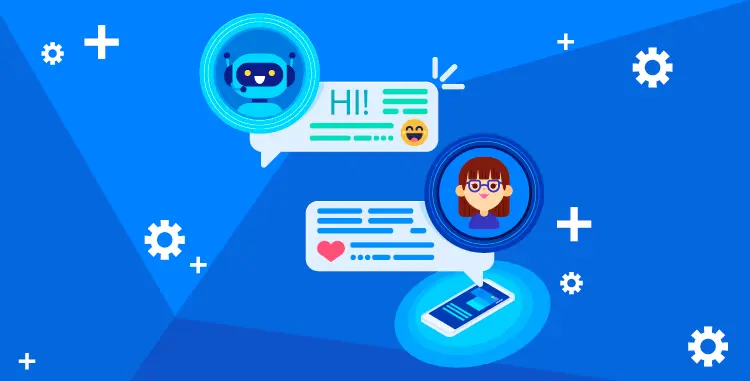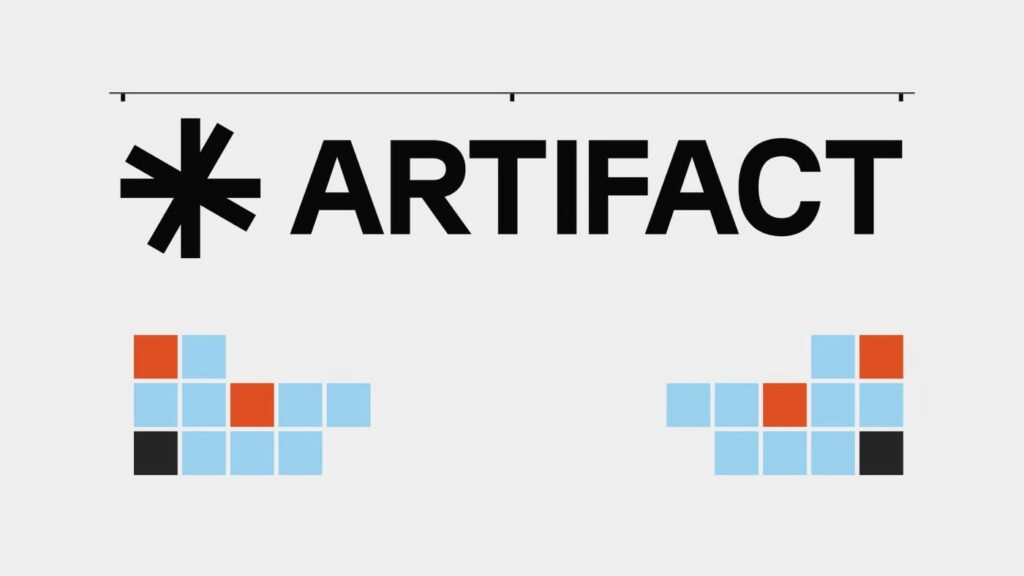GPU And AI – What’s The Connection?
How many times have you asked ChatGPT for something since its release in November 2022? It’s safe to assume that was more than once. This exciting technology has finally broken out of academia and came to enhance the lives of regular people like ourselves. But did you know that the whole AI revolution wouldn’t even be possible were it not for the high-capacity GPU servers? Let’s have a closer look at their role in AI advancement.
Why Are The GPU Servers Needed To Build AI?
All the experts agree that GPUs have become a critical tool in the field of artificial intelligence (AI). Thanks to their capabilities, faster and more efficient training and inference of deep learning models have become possible. How does it work exactly? It has to do with the nature of AI and the way it currently learns and expands.
There are many different definitions of what AI is, and even researchers frequently disagree. For the purpose of this article, let’s define AI as the ability of machines to perform tasks that would normally require human intelligence. This includes things like recognizing objects in images, understanding natural language, and even making decisions based on data.
One of the most powerful techniques in AI is deep learning, which involves training neural networks on large datasets to learn complex patterns and make predictions. But deep learning requires massive amounts of computing power, and this is where GPUs come in. They’re used by the facilities that rely on their own servers, as well as by the individual enthusiast who often chooses to lease GPU from a cloud provider.
How Are The GPU Servers Used In AI?
One key example of such use of GPU servers in AI is in the field of image recognition. Image recognition is the task of identifying objects, people, and other things in images. This is an important application in fields like self-driving cars, where cameras are used to detect and respond to the environment. With GPU-accelerated processing, image recognition models can be trained and optimized incredibly fast, which powers the technological advancements in the field.
Another example of the use of GPU servers in AI is in the field of natural language processing (NLP). NLP involves training models to understand and generate human language. This includes tasks like language translation, sentiment analysis, and speech recognition. GPU server rental allows NLP models can be trained faster and more efficiently, leading to more accurate results.
A third use case of the use of GPU servers in AI is in the field of autonomous robotics. Since autonomous robots require the ability to make decisions based on data from sensors and cameras, this requires lots of processing power. Thanks to independent GPU server facilities, as well as the widespread use of GPU rental, robots can make decisions faster and more accurately
Is This All The GPU Can Do? Not By Any Means!
In addition to these specific examples, GPU servers are also being used more broadly in AI research and development. Researchers are constantly exploring new techniques and architectures for deep learning. As it’s easy to imagine by now, GPUs are essential for testing and optimizing these approaches.

With GPU-accelerated processing, researchers can faster progress toward developing more powerful AI models. When we think about the changes to the field in the last few months, it’s hard not to wonder how much more innovation will the next years bring. The future looks truly exciting, and it wouldn’t be possible without the GPU servers!


